Vulcano Island
It’s always a bit strange when you wake up in the morning and you have no idea where you ended up the day before! But the bay we anchored was beautiful! On the south side of the island of Vulcano. Part of the Aeolian islands.
Vulcano (Sicilian: Vurcanu) or “Vulcan” is a small volcanic island in the Tyrrhenian Sea, about 25 km (16 mi) north of Sicily and located at the southernmost end of the seven Aeolian Islands. The island is 21 km2 (8 sq mi) in area, rises to 501 m (1,644 ft) above sea level, and it contains several volcanic calderas, including one of the four active volcanoes in Italy that are not submarine. The word “volcano”, and its equivalent in several European languages derives from the name of this island, which in turn derives from Vulcan, the Roman god of fire. The volcanic activity in the region is largely the result of the northward-moving African Plate meeting the Eurasian Plate.
There are three volcanic centers on the island:
At the southern end of the island are old stratovolcano cones, Monte Aria (501 m (1,644 ft)), Monte Saraceno (481 m (1,578 ft)), and Monte Luccia (188 m (617 ft)), which have partially collapsed into the Il Piano Caldera.
The most recently active center is the Gran Cratere at the top of the Fossa cone, the cone having grown in the Lentia Caldera in the middle of the island, and has had at least nine major eruptions in the last 6,000 years. This is the crater you see on the pictures!
At the north of the island is the islet, Vulcanello (123 m (404 ft)), connected to Vulcano by an isthmus that may be flooded in bad weather. It emerged from the sea during an eruption in 183 BCE, as a separate islet. Occasional eruptions from its three cones with both pyroclastic flow deposits and lavas occurred from then until 1550, with the last eruption creating a narrow isthmus connecting it to Vulcano.
Vulcano has been quiet since the eruption of the Fossa cone on 3 August 1888 to 1890, which deposited about 5 m (16 ft) of pyroclastic material on the summit. The style of eruption seen on the Fossa cone is called a Vulcanian eruption, being the explosive emission of pyroclastic fragments of viscous magmas caused by the high viscosity preventing gases from escaping easily. This eruption of Vulcano was carefully documented at the time by Giuseppe Mercalli. Mercalli described the eruptions as “…explosions sounding like a cannon at irregular intervals…” As a result, Vulcanian eruptions are based on his description. A typical Vulcanian eruption can hurl blocks of solid material several hundreds of meters from the vent. Mercalli reported that blocks from the 1888–1890 eruption fell into the sea between Vulcano and Lipari.


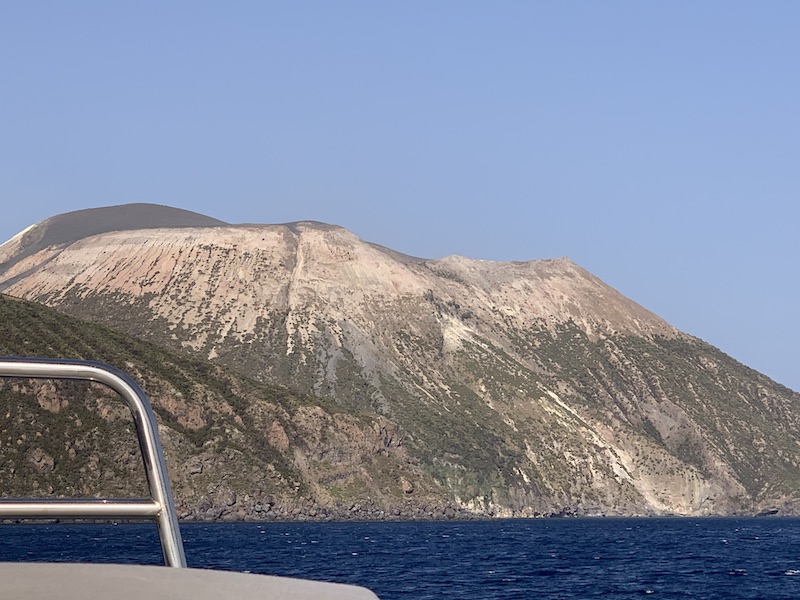
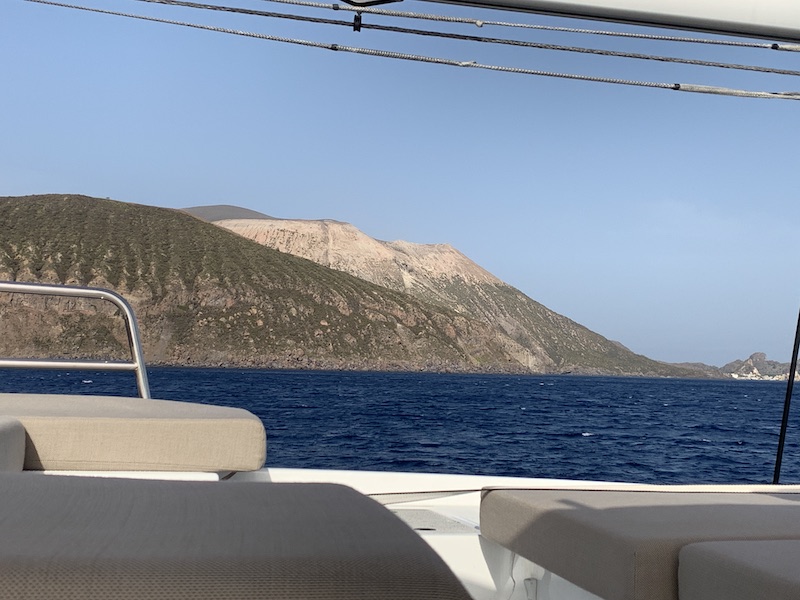
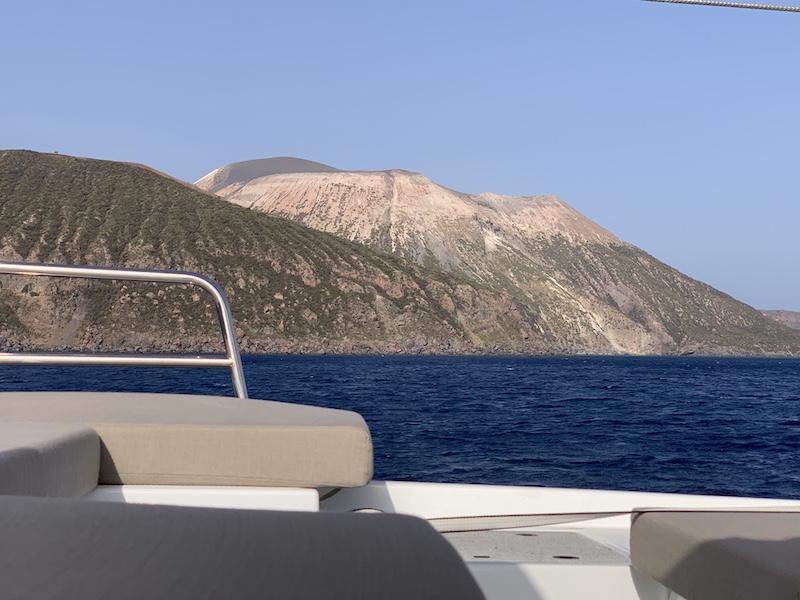
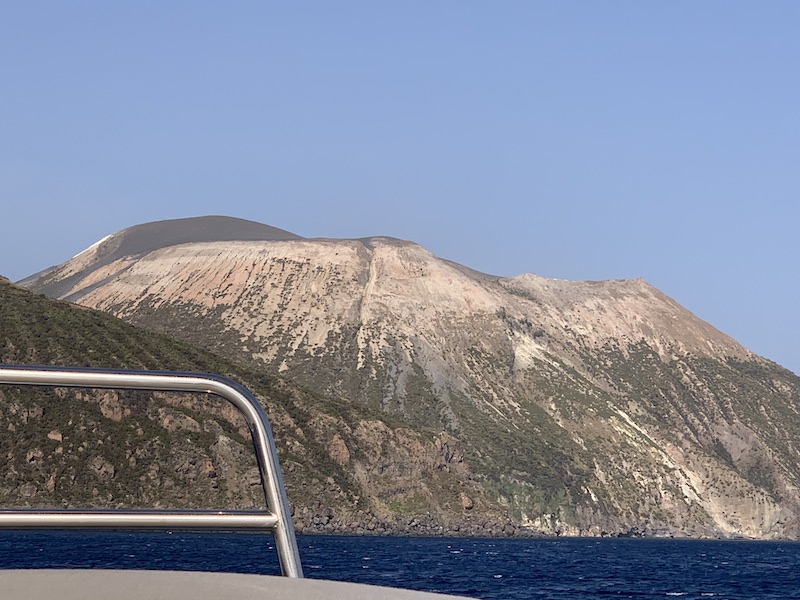
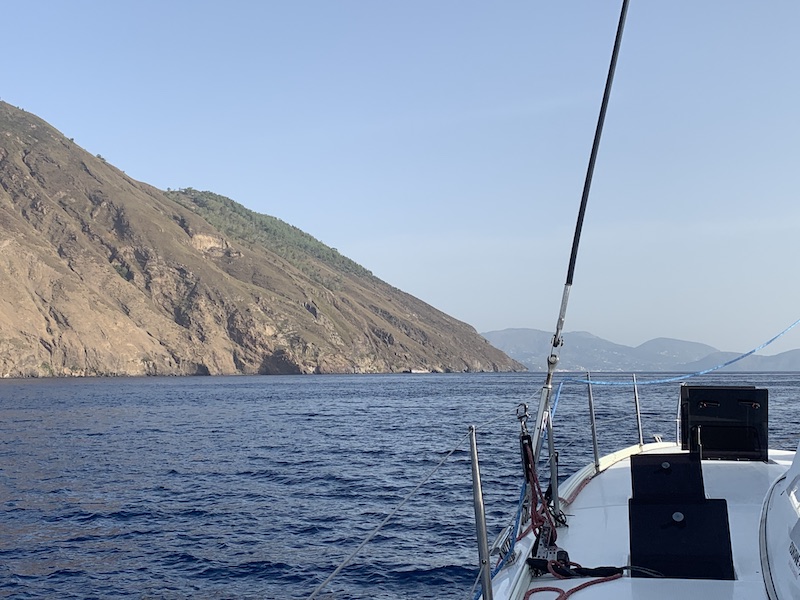
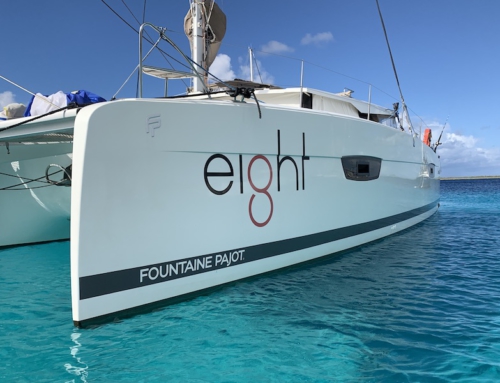
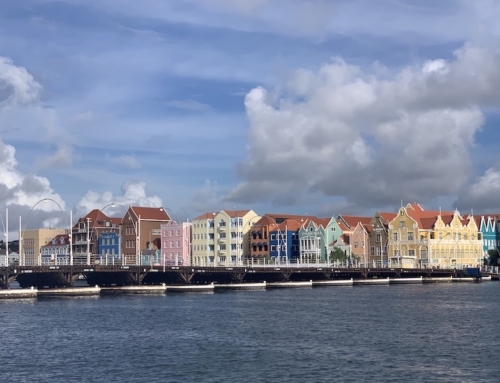
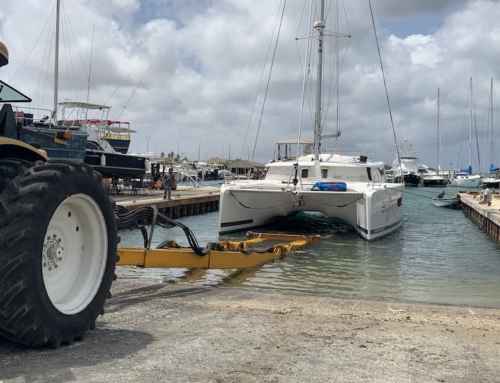
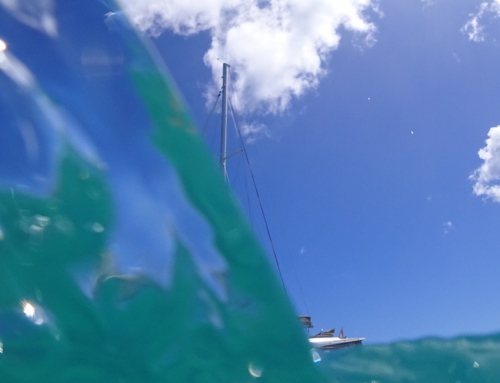
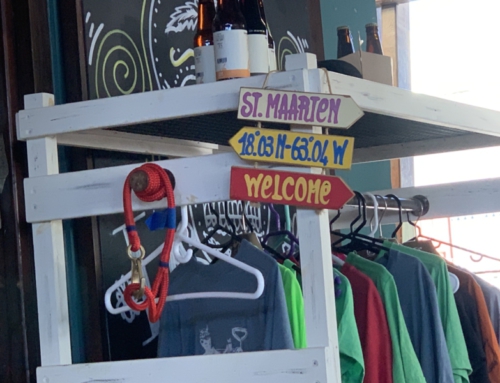
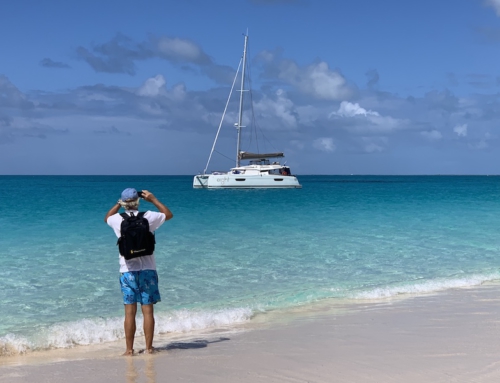
Leave A Comment